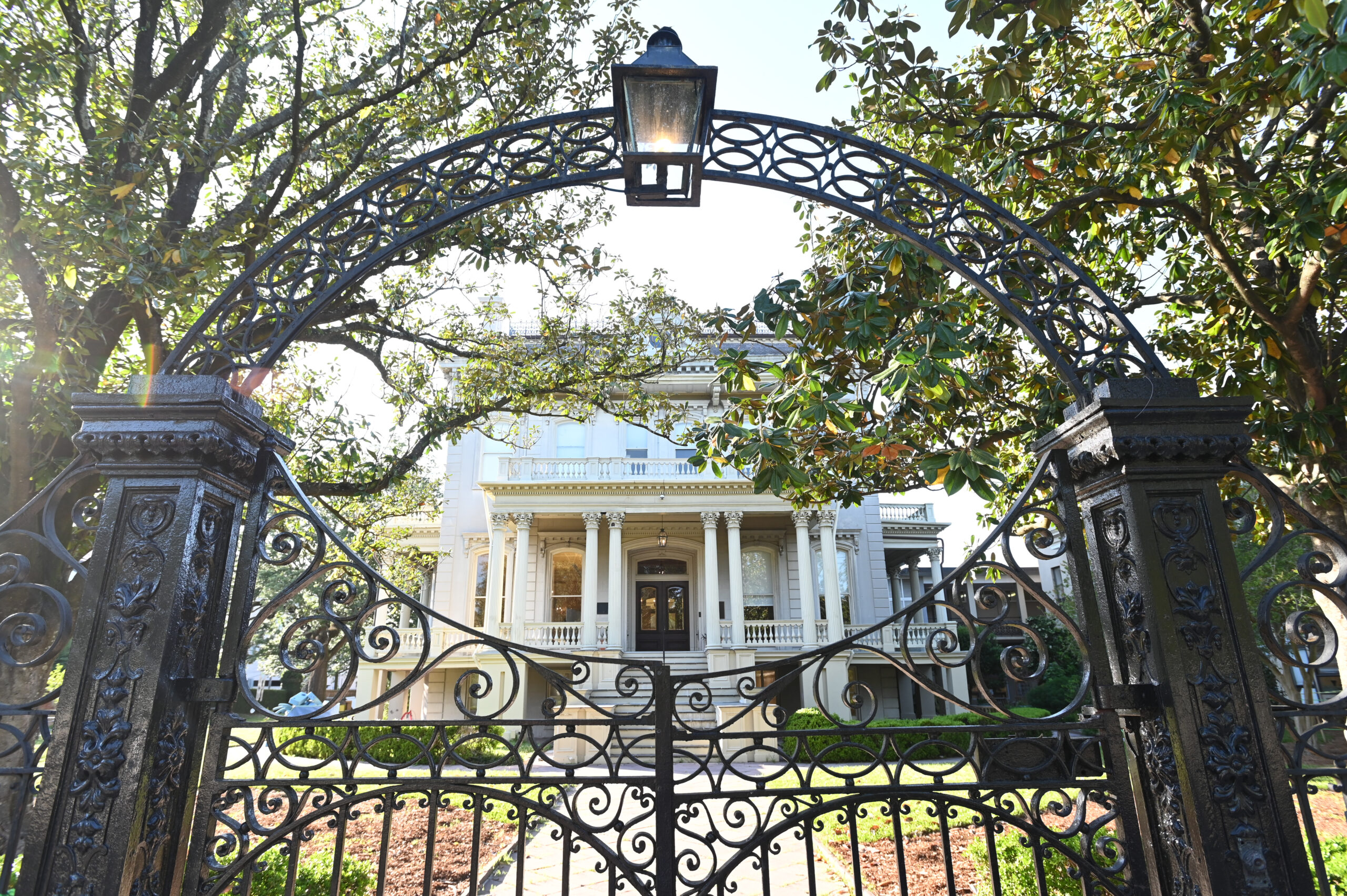The Greek Revival and Italianate-style mansions and cottages of the Garden District are world famous. What visitors rarely see, though, is the close-knit neighborhood that keeps this historic district alive and thriving. Neighbors here look after one another. They see familiar faces as they stroll under the live oaks near Lafayette Cemetery No. 1 in the early morning, or when they’re walking along Prytania Street at dusk. The same faces pop up daily in the Garden District’s coffee shops, and at the Rink, a circa 1884 skating rink that was converted a century later into a shopping arcade. Locals and visitors can dine at Commander’s Palace or visit the many diverse eateries and small businesses along Magazine Street.
Settled by American businessmen, most of them “Yankees” eager to escape the Creole-dominated and French-speaking New Orleans neighborhoods located downriver, the Garden District was laid out in 1832 and incorporated as the City of Lafayette in 1834. Cotton brokers, agents and financiers amassed fortunes in the years leading up the Civil War, then established their families in large homes on the new city’s spacious lots. By the time New Orleans annexed the area as its fourth district in 1852, travel writers had already dubbed it the “Garden District” for its spacious, showy gardens. Many of the homes were designed by renowned architects, such as Henry Howard and James Freret.
In 1939, residents formed the Garden District Association, a formidable force for preservation of the residential integrity and quality of life of the neighborhood. The Garden District was placed on the National Register of Historic Places in 1971, and today, it is a dynamic community grounded in a strong sense of tradition, with block upon block of stunning, and well maintained, historic architecture.



